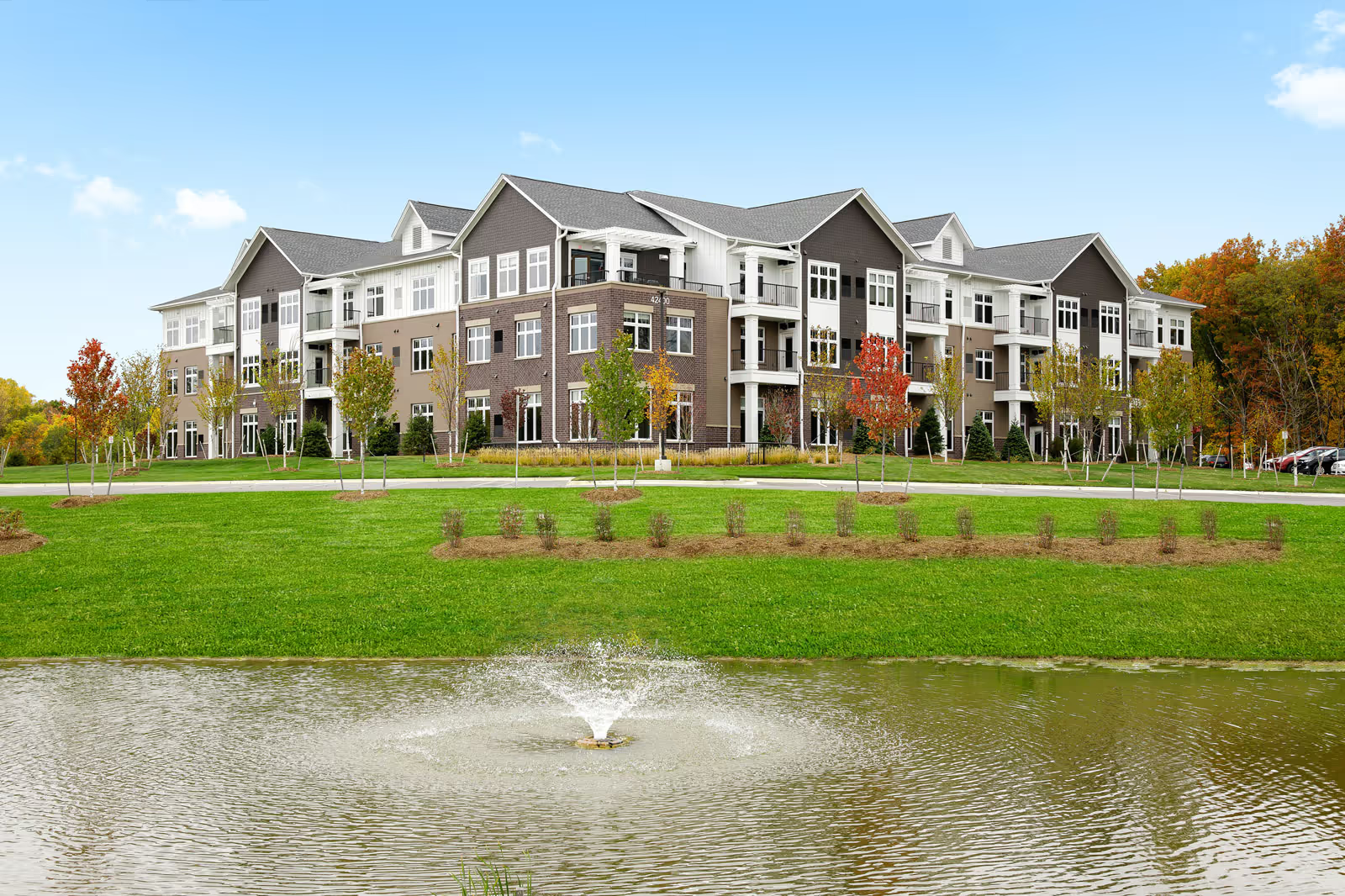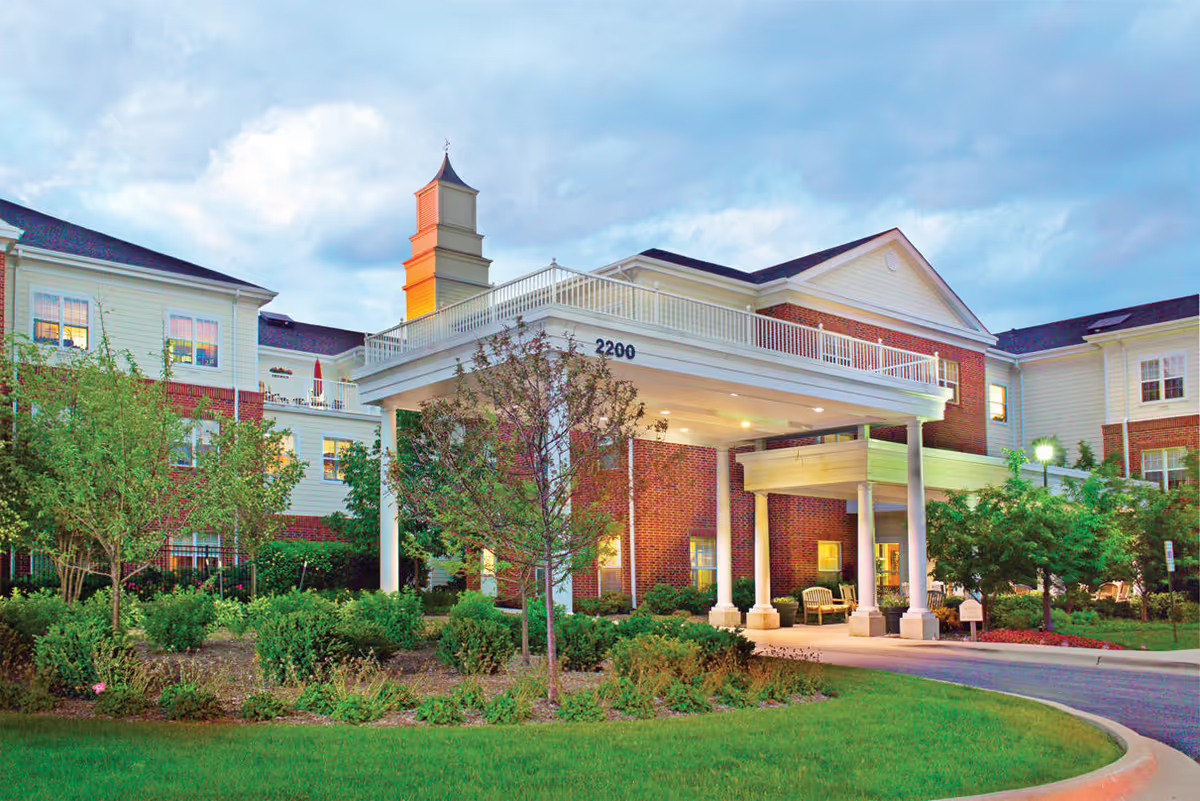Overall sentiment in these reviews is highly mixed and polarized: many families and former residents report excellent, compassionate, and effective care, while a substantial number of reviews describe serious safety lapses, neglect, and inconsistent standards. Positive accounts consistently highlight individual caregivers and teams who are attentive, personable and technically competent—especially in therapy/rehab and certain memory care units—where residents made clear improvements, regained mobility, and experienced welcoming social activities. Negative reports raise urgent concerns about resident safety, staffing reliability, medical oversight, and hygiene that are important to weigh carefully.
Care quality and clinical safety show a pronounced split. Strengths include a rehab/therapy department that several reviewers called “fabulous,” with measurable recovery (walking, increased strength) and attentive social services. Multiple reviewers praised nursing staff members and aides who provided compassionate, individualized care, coordinated effectively with Hospice, and helped families navigate Medicare and other logistics. Several admissions or transfers were described as well-managed—private rooms prepared in advance, smooth transition plans, and proactive managers who communicated frequently with families.
However, a recurrent and serious pattern of safety and neglect is reported across many reviews. Complaints include broken call buttons, delayed toileting assistance, extended bedpan use, wound-care neglect, blood found on bathroom grab bars, missed or delayed medications (including pain meds held until meals), uncompleted stat orders, and delayed diagnostics. Several reviews describe falls related to improper transfer techniques (no gait belt used), delayed notification to families, subsequent rapid health declines, rehospitalizations, and in a few cases, death. There are also multiple accusations of dehydration, malnutrition, infections (including pneumonia) developing during the stay, and inadequate chronic disease management. These are not isolated nitpicks but recurring, high-severity safety issues.
Staffing and culture appear inconsistent across shifts and units. Positive reviews often single out specific caregivers, managers, or departments as exceptional; negative reviews frequently describe understaffing, staff who are rude or disengaged (e.g., on phones, dozing, or not making eye contact), and poor shift-to-shift communication that requires continuous family involvement to secure basic care. High staff turnover and some management departures are mentioned, compounding continuity problems. Holiday and weekend staffing shortages are also noted as times when care and activities decline.
Communication and management responsiveness are variable. Several families praised proactive leadership that handled admissions and room transfers smoothly and kept families informed. Conversely, many reviews cite poor communication—missed calls, unreturned phone messages, lack of notification after incidents, and conflicting messages between shifts. Medical oversight is also flagged as inconsistent, with some reporting limited physician availability (e.g., doctor on site only one day a week), medications administered without proper orders, and delays in getting diagnostics or timely medical attention.
Facilities and programming receive generally positive comments: the building and grounds are described as attractive, wheelchair-accessible, and well-landscaped; in-house specialties (dental, podiatry, audiology), transportation scheduling, social events, ice cream carts, and creative activities are frequently highlighted. Dining receives mixed reviews—many enjoy good meals and holiday feasts, while others complain of poor food quality. Memory care impressions are split: some families describe a nurturing, dementia-sensitive staff and recommend the memory unit; others say dementia care was promised but not properly implemented.
Themes that most consistently differentiate positive from negative experiences are staffing adequacy, consistency of caregivers, and leadership accountability. Where staffing is sufficient and managers are proactive, residents often thrive—receiving therapy, social engagement, and attentive nursing. Where staffing is thin, communication is poor, or managers are absent, reviews document neglect, safety incidents, and serious clinical lapses. Several reviews recommend that prospective families ask detailed questions about staffing ratios, fall-prevention practices (use of gait belts), medication administration protocols, incident notification policies, and on-site medical coverage before choosing this facility.
In summary, Wellspring Health Center elicits both strong praise and grave concern. The facility appears capable of delivering excellent, compassionate care—particularly in rehab/therapy and through individual staff members—but it also exhibits recurring and significant safety and communication failures in other cases. These reviews suggest a facility with pockets of clinical and operational strength undermined at times by staffing instability, inconsistent leadership follow-through, and safety lapses. Anyone considering this facility should perform a focused, in-person evaluation: observe staffing levels on multiple shifts (including evenings/weekends/holidays), ask about recent incidents and corrective actions, verify medication and diagnostic timeliness, review fall-prevention protocols, and speak with families of current residents to understand unit-level consistency before making a placement decision.







